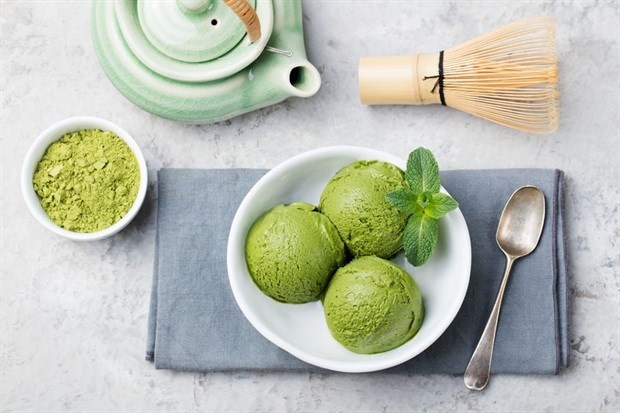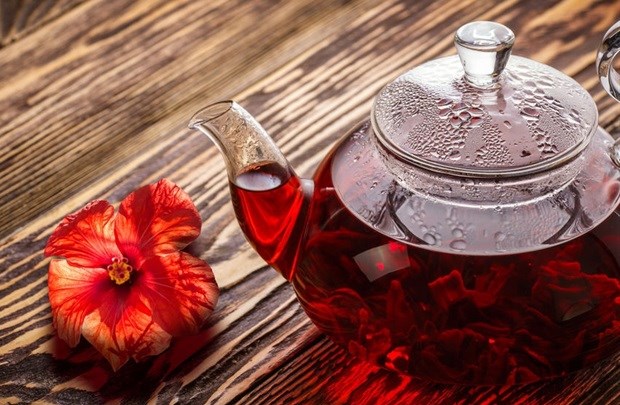
Related
Top stories






More news












The days of having defined categories within food and beverage is a thing of the past, according to Marco Monteiro, general manager for sub-Saharan Africa at Firmenich, the world’s largest privately-owned company in the perfume and taste business.
Speaking at the FoodNext.Africa conference in Cape Town last year, Monteiro explained that we're experiencing the blurring of categories, and the merging of savoury with sweet, and sour. Enter interesting creations like coffee-flavoured alcoholic beverages, rooibos- or mustard-flavoured ice-cream, and matcha-flavoured biscuits.
This mashing up of flavours and ingredients is creating a space where there are no limits to what product developers can try, and the beverages category, in particular, is undergoing significant change.
“Beverages are an exciting market. Millennials are coming of age and they’re up for a challenge, and are keen to try something different and something new. We're going to continue to see the evolution of flavours and interesting ideas in the beverage space, because millennials are prepared to experiment,” Monteiro said.

Founded in Switzerland in 1895, today Firmenich is present in more than 60 markets, and is responsible for the design of many of the world’s best-known perfumes and tastes. In the flavour department, the company works with its food and beverage clients – be it startups or huge corporates – to help them drive consumer preference.
“We believe startups are the future of the food and beverage industry. We have laboratories in Johannesburg, and we actually develop products for our customers from scratch at zero cost to them. The win for us is that they end up using our flavour in their product. From dairy to beverages to savoury foods, seasonings for snacking, or meal kits.”
The flavour development journey at Firmenich begins on the streets, with its trends team travelling to major cities around the world absorbing the culture and taking inspiration from the arts.
“A lot of the trends we see in food today first tend to start in fashion, music and the arts, and then transcend and cement themselves in fragrances and start moving their way into the food space,” explained Monteiro.
He added that alcoholic drinks, particularly in places like Japan, really drives what happens in food.
“A couple of years back everybody thought we were crazy when we said gin would be the next thing, and look what's happened. We think vermouth, which is used in martinis, is going to be the next big thing in alcoholic drinks. It stems from the growing desire for botanical, natural and fresh ingredients in drinks.”
Monteiro shared Firmenich’s key drivers of flavour innovation for 2019:
1. Ancestry - The return to our roots at the most basic, animalistic level, seeking wisdom from ancient tribes and borrowing forms of self-expression from civilisations gone by.
2. Heritage - In the age of globalisation and rapid innovation, local roots and traditions have become a greater priority. Flavours that stimulate our senses by combining the spirit of the past with modernity, reconnecting us with our cultural values to celebrate our diversity.
3. Nature - Flavours that invoke juicy, fresh and crunchy fruits and vegetables that have just been picked. Flavours that build and receive on the palate, continuing intrigue and pleasure.
4. Wellbeing - Flavours that compensate for the absence of certain ingredients, or that act in synergy with functional ingredients to enhance pleasure.
5. Happiness - New surprising combinations inspired by cocktails and festive dishes to enhance optimism. And more subtle indulgent notes in which we look for moments of peace and harmony.
6. Experience - In an age of seeking new thrills, the ultimate quest is the boundary-pushing adrenalin rush – whether it be for the super-spicy or the super sour.
7. Empowerment - Tailormaking what you want in your own kitchen and creating your own flavour. You as a consumer being able to personalise your own meal.
Top three fastest-growing flavours in savoury over the last five years, according to Firmenich:
1. Roasted
2. Barbecue
3. Salt
Top three fastest-growing flavours in sweet over the last five years, according to Firmenich:
1. Coconut
2. Cacao
3. Butter
Top three fastest-growing flavours in drinks over the last five years, according to Firmenich:
1. Coconut
2. Carrot
3. Ginger
Firmenich has named hibiscus as its Flavour of the Year for 2019 based on the growing appeal of florals in food and drink.
According to Firmenich insights, based on data from Mintel and its global consumer database, the worldwide use of hibiscus in food and beverage new product launches has increased nearly 300% compared to 2012.

Top categories for launches include yoghurt, beer, tea and chocolates, with most occurring in the US, Brazil, Mexico and Denmark, and showing faster growth in European countries like Spain and Italy.
More than just a pretty flower, hibiscus has been used as a medicinal remedy for centuries. To date, the most popular use of hibiscus has been in the form of infusions in beverages, but Firmenich has seen the flavourful flower used in a variety of applications – from Mexican cuisine, snacks such as dried hibiscus garlic chips, and sophisticated culinary sauces.
